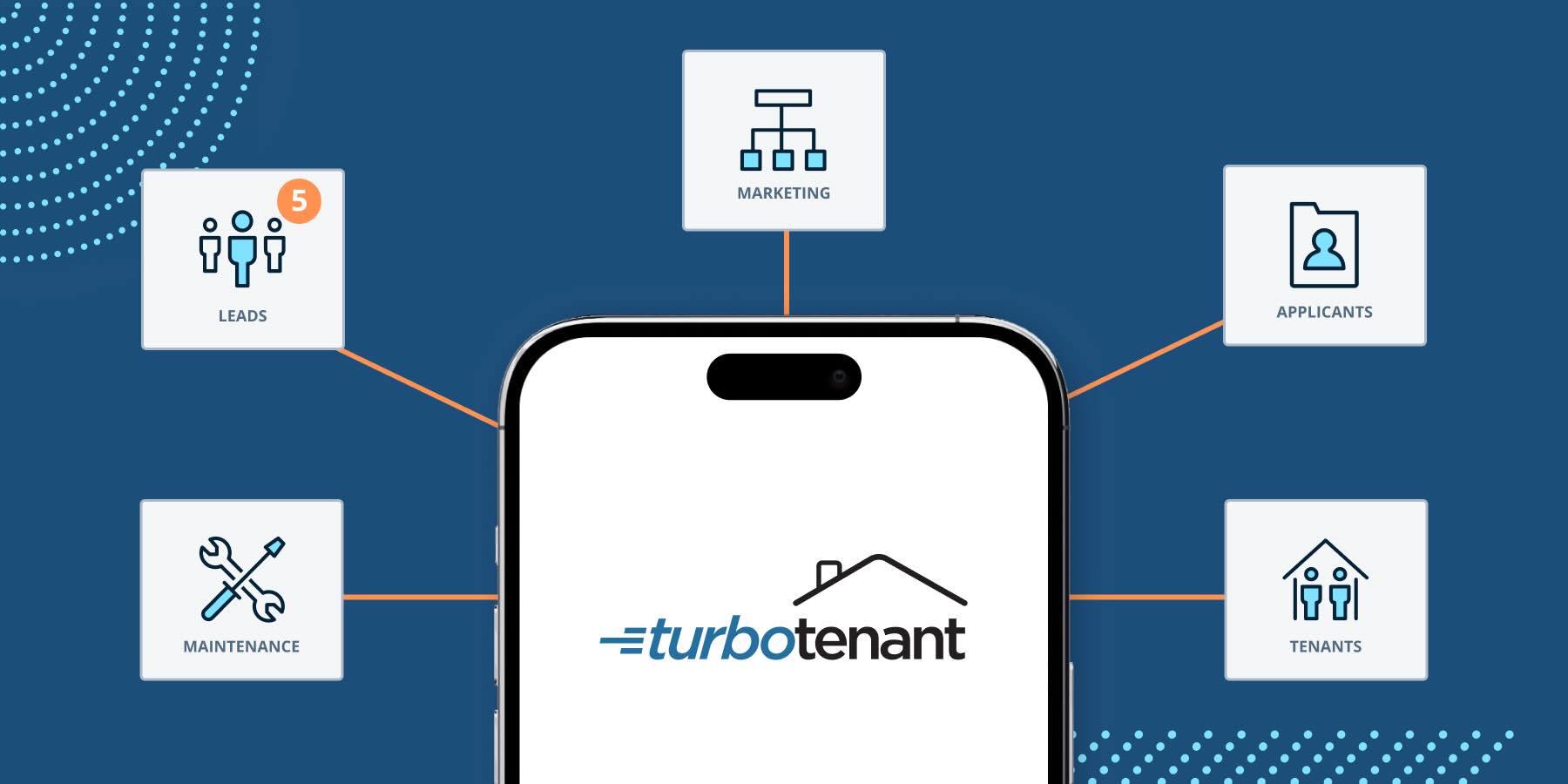A squatter is someone who starts living on a property they don’t own without permission.
While they don’t have any legal claim to the property (as they aren’t tenants), these unwelcome guests may gain “squatter’s rights” after a period of time.
Squatters typically target unoccupied or abandoned property that isn’t closely monitored and break in. The difference between a trespasser and a squatter is the amount of time spent within the property (and the number of rights gained as a result).
In most states, law enforcement can remove squatters. However, once the person has occupied the property for a set period of time, they acquire certain rights that force the landlord or property owner to pursue litigation in order to reclaim the unit.
It’s important to note that the amount of time before a trespasser becomes a squatter varies from state to state, which is just one reason to stay up to date on your local landlord-tenant laws.
For example, Investopedia notes that New York State squatters who continuously occupy a property for 30 days “gain the legal right to remain on the property as a tenant of the owner even though they never signed a lease agreement.”
Squatters want to live in your vacant properties. Use our free landlord software to market your properties, screen potential tenants, create lease agreements, and fill vacancies faster.
Types of Squatters
Few people actually look forward to breaking the law, which may have you wondering who a typical squatter would be. Though the following list from The Balance isn’t exhaustive, it offers common scenarios that lead to a squatting situation:
- An unhoused person needs shelter and finds a foreclosed home.
- A tenant stops paying rent and refuses to leave.
- A roommate of a former tenant demands to stay in the unit after the lease ends.
- An activist advocating for unhoused populations finds a loophole to move into an unoccupied property.
Understanding Squatter’s Rights
Squatter’s rights, formally known as adverse possession, allow someone to claim ownership of a property they’ve occupied without permission if they meet strict legal criteria. Though rare, courts have upheld squatter’s rights claims when the rightful owner failed to intervene.
Breaking Down Adverse Possession
Adverse possession laws differ by state but typically require long-term, visible occupation and compliance with specific legal criteria. Successful squatters often understand adverse possession laws or have legal guidance from someone who does.
Squatters who pursue adverse possession need more than just time. They need persistence, visibility, and the ability to go unchallenged by the actual property owner. Claiming someone else’s property is a long shot, but not impossible for someone who can work the system.
Unfortunately, removing a squatter usually takes more than a verbal request. Most squatter situations require involving law enforcement or filing a formal eviction through the courts. The longer a landlord waits to act, the more leverage a squatter may gain.
Curious how your state handles squatters? Brush up on your local laws with TurboTenant’s landlord-tenant law directory.
Requirements for Adverse Possession
To successfully claim an abandoned or unoccupied property through adverse possession, a squatter must meet several criteria, each designed to prove that their occupation was obvious, intentional, and unopposed for a set period.
- Actual: The squatter must physically occupy the property and treat it as their own (living there, maintaining it, or making improvements).
- Open: The occupation can’t be hidden. It must be obvious enough that a reasonable property owner would notice if they were paying attention.
- Hostile: “Hostile” doesn’t mean aggressive. It means without the owner’s permission. Even mistakenly squatting on the wrong land can meet this condition.
- Exclusive: The squatter must have sole possession of the property, and can’t share it with the owner (or anyone else).
- Continuous: The squatter must live on the property without significant interruption for a specific number of years, which varies by state.
Tips for Preventing Squatter’s Rights Claims
Avoiding squatters on your property is far easier than removing them. Follow these steps to protect your property before squatters ever make themselves comfortable.
- Regularly inspect vacant properties: Visit your properties often to ensure no one is living there without permission.
- Secure all entrances: Lock doors and windows, block crawl spaces, and use alarm systems or cameras to monitor the space.
- Post “No Trespassing” signs: Clear signage makes it easier to take legal action if someone occupies the property.
- Act quickly if someone moves in: The longer a squatter stays, the harder it becomes to remove them. Don’t delay if you suspect unauthorized occupancy.
- Screen and document tenants thoroughly: Prevent confusion about who can live on the property by using written lease agreements and keeping solid records.
Don’t wait until you’re in a legal battle. Stay proactive and protect your properties from unwanted occupants.
How to Tell if a Squatter Has Moved in (and What to do if it Happens)
Luckily, there are a few telltale signs that reveal the presence of a squatter, including:
- Unexpected cars in the driveway of your property
- Changed locks
- Higher than expected water and/or utility bills
If a squatter has moved into your property, “the owner needs to serve [them] a Notice to Vacate/Surrender Possession document that includes language outlining that the persons in possession are squatters and have no legal right to be in possession of the property,” says attorney Eileen M. Kendall, who specializes in real estate law and business law.
From there, the owner can file the unlawful detainer complaint in the superior court to get a writ of possession, which can be executed by the sheriff to remove the squatter.
Looking to learn more?
Our blog on squatters’ rights and how to avoid getting squatters on your property can help keep your investment safe!
Keep Properties Squatter-Free with TurboTenant
The best way to prevent squatting on your property is to ensure it’s occupied with rent-paying tenants at all times.
To do so, use our free property management software to:
- Advertise your properties to a wide audience
- Screen applicants to find your ideal tenants
- Create legally binding lease agreements to make everything official
- And more
Sign up for a free TurboTenant account today to get started.
Is squatting legal in the U.S.?
No. Squatting is illegal in the United States.
However, because squatters can gain rights through adverse possession depending on how long they’ve occupied a property, it’s critical that landlords regularly check unoccupied units, post “no trespassing” signs, and screen their tenants carefully to mitigate the risk that a squatter will move in.
Can you harass squatters?
Unfortunately, no. Harassment is a form of self-help eviction (shutting off utilities, changing locks, or using threats to remove a tenant), which is illegal and could get you in hot water with the courts.
Even if a person is squatting on your property without permission, they may still have tenant rights depending on your state. Follow formal eviction procedures, even if doing so feels unfair.
Can I sell my house with squatters?
Yes, but doing so probably won’t be easy. Selling a property with squatters lowers its market value and limits your buyer pool. Most buyers won’t want the hassle of removing someone themselves. If you do decide to sell, expect to do so at a steep discount.


